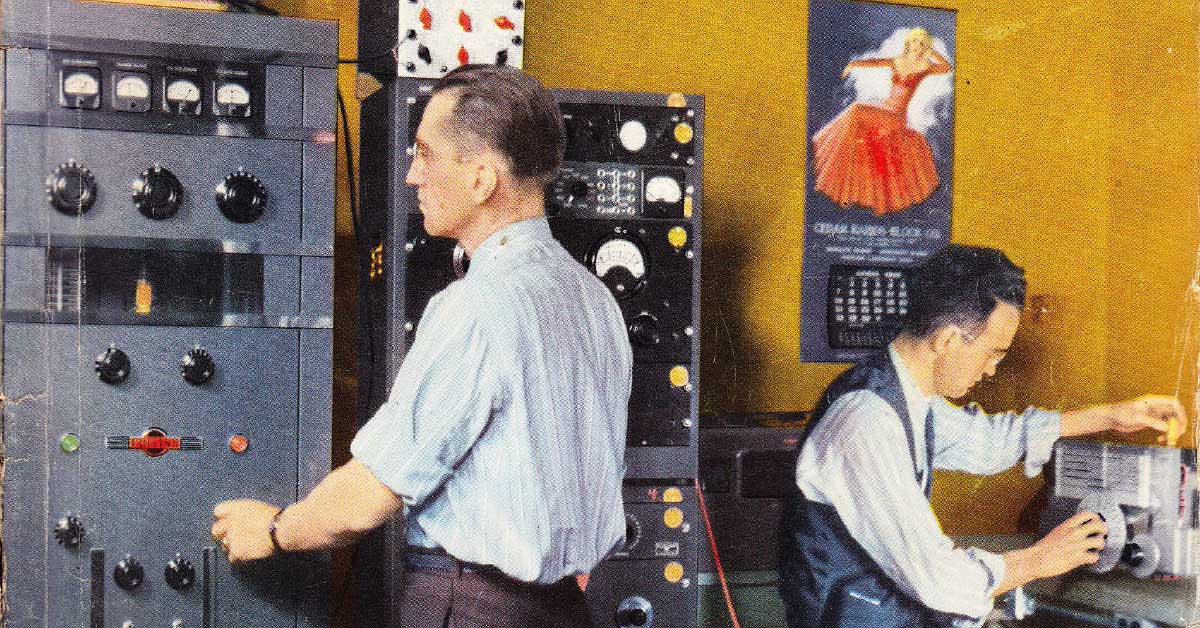Step into the mesmerizing realm of high-fidelity audio, where the magic of music unfolds in breathtaking detail and precision. Every note, every chord, and every subtle nuance of your beloved songs comes alive with remarkable clarity.
Across the annals of time, profound inquiries surrounding music's origins, destinations, and essence have lingered. Suppose you're curious to unlock the enigmatic secrets behind high-fidelity music reproduction and yearn to comprehend why fervent hi-fi audio enthusiasts hail it as an unparalleled auditory adventure.
The Early 1900s: Challenges in Understanding Vacuum Tube Amplifiers and Oscillators

In the early 1900s, sound reproduction faced numerous challenges as pioneers sought to unravel the mysteries of vacuum tube amplifiers and oscillators. Vacuum tubes, crucial components in electronic devices, played a significant role in shaping the course of audio technology.
These glass tubes, containing wires and metal elements, could control the flow of electric current to amplify weak signals. One key breakthrough came with the development of triodes, a type of vacuum tube that greatly improved long-distance communication. Triodes allowed for better signal amplification, enabling sound transmission over vast distances.
The Radio Corporation of America (RCA) emerged as a dominant force in the audio industry during this era. RCA, founded in 1919, was pivotal in advancing sound reproduction technology. With a focus on radio broadcasting, RCA not only manufactured vacuum tubes but also contributed to developing audio amplifiers and receivers.

The company's efforts were instrumental in expanding the reach of sound reproduction and paving the way for future innovations. The early 1900s marked a crucial period in sound reproduction, with vacuum tubes, triodes, and the influence of RCA shaping the foundations of audio technology as we know it today.
Advancements in the 1930s: Amplifiers, Speakers, and Sound Quality
During the 1930s, significant advancements in sound reproduction took place, shaping the landscape of audio technology. The burgeoning movie industry played a crucial role in driving the development of sound systems.
The demand for high-quality audio in theaters led to amplifiers, speakers, and overall sound quality innovations. As filmmakers recognized the importance of captivating audiences not only visually but also acoustically, they pushed for improvements in sound technology.
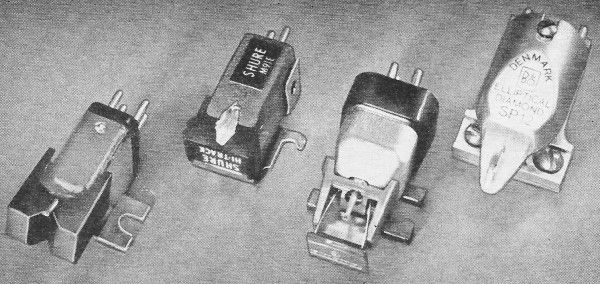
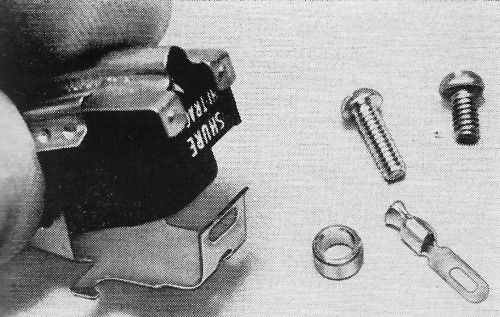
Furthermore, the 1930s saw remarkable progress in long-distance high-fidelity demonstrations. Engineers and scientists sought to overcome the limitations of previous systems, aiming to achieve clearer and more accurate sound reproduction over greater distances.
Through continuous experimentation and refinements, they enhanced the fidelity and richness of sound, making it more immersive for listeners.
Another area of advancement during this period was the development of various audio components. Microphones, phono pickups, amplifiers, and speakers underwent significant improvements. Microphones became more sensitive, allowing for better capturing of sound.
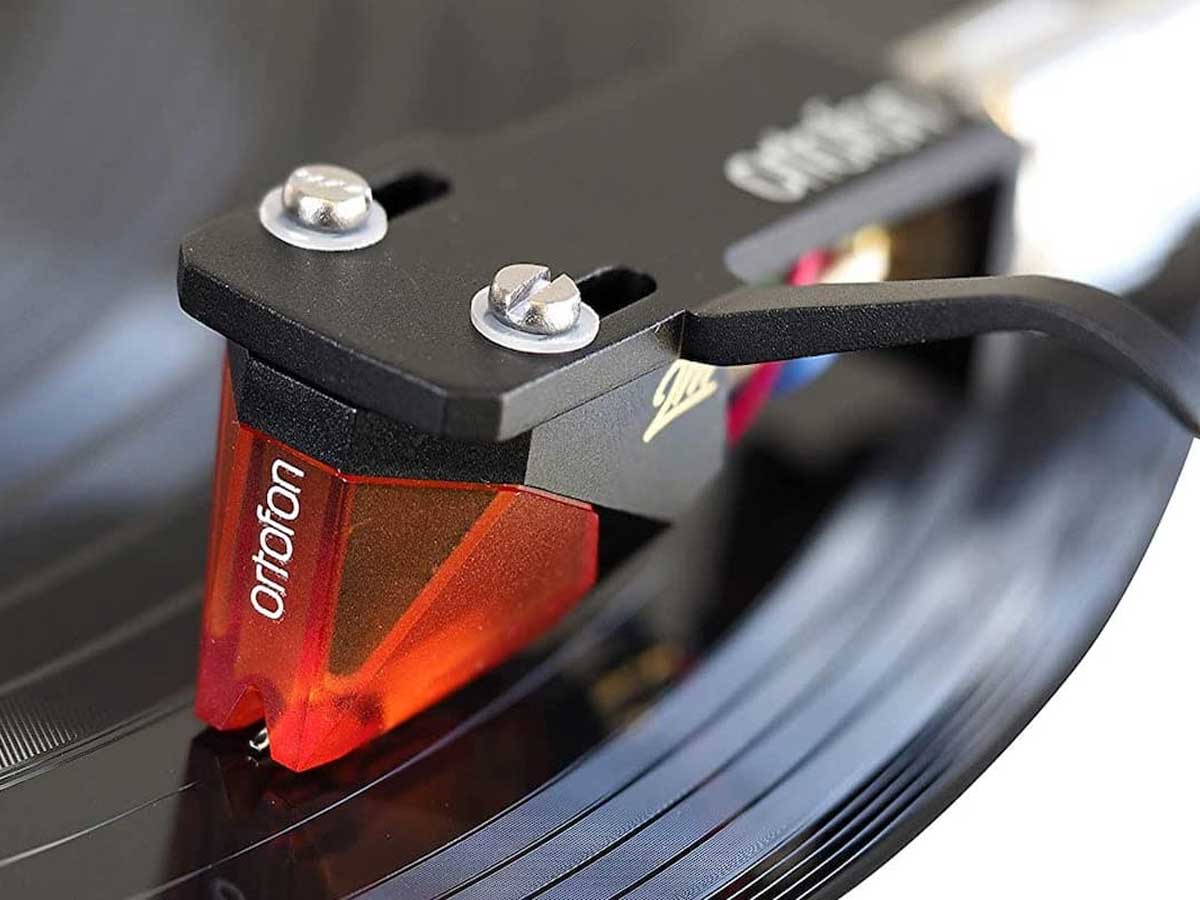
Phono pickups, responsible for translating the grooves on vinyl records into electrical signals, were refined for greater accuracy. Amplifiers, crucial in boosting weak audio signals, underwent enhancements to deliver more power and clarity.
Speakers, the final link in the sound reproduction chain, were also refined to produce clearer, more detailed audio.
Golden Age of High-Fidelity in the 1950s and Beyond
In the 1950s and beyond, high-fidelity audio experienced a golden age marked by notable advancements and the pursuit of audio excellence. During this time, vacuum tubes reigned as the preferred amplifying elements in audio systems.
These tubes played a crucial role in shaping the sound quality and characteristics of audio reproduction, providing warmth and richness to the music.

Within this era, a movement known as "Ultra-Fi" gained prominence. It advocated for using direct-heated triodes, a type of vacuum tube, in audio amplification.
Proponents of this movement believed that direct-heated triodes offered a more natural and immersive listening experience, capturing music's subtle nuances and details with exceptional clarity.
The Ultra-Fi movement emphasized the importance of preserving the purity and integrity of the audio signal, striving for the most faithful reproduction possible.
Amidst the advancements and growing popularity of high-fidelity audio, criticisms emerged regarding digital compression techniques and watermarking. Digital compression, employed to reduce the size of audio files for storage and transmission, often resulted in a loss of audio quality.

Some argued that the compressed files failed to capture the full range and fidelity of the original recordings, leading to a compromise in the listening experience.
Additionally, concerns were raised about watermarking, a technique used to embed identifying information in audio files, as it could potentially introduce artifacts and affect the audio quality.
Technological Shifts and Challenges in the 1960s and 1970s
The 1960s and 1970s brought about significant technological shifts and challenges in high-fidelity audio. During the War Years, the electronics industry was diverted to focus on radar systems and television, which limited advancements in audio technology.
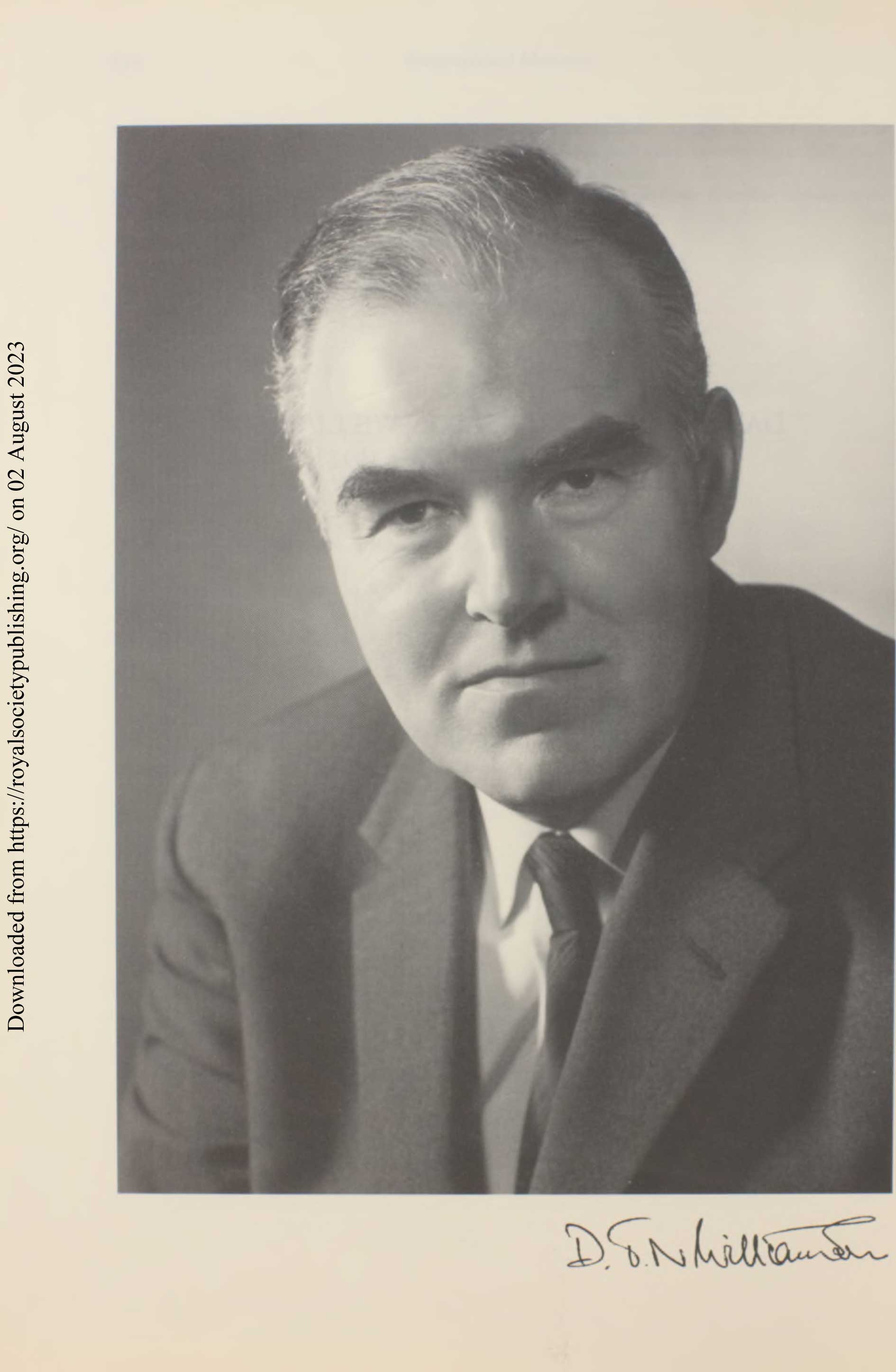
One noteworthy development during this time was the introduction of the Williamson amplifier. This amplifier, named after its creator D.T.N. Williamson, profoundly impacted the quality of speakers.
It employed a push-pull configuration that greatly reduced distortion and improved the overall performance of audio systems. The Williamson amplifier set a new standard for audio fidelity and laid the foundation for further advancements in amplifier technology.
Another significant change in the 1960s and 1970s was the emergence of Japanese manufacturers in the high-fidelity audio market.

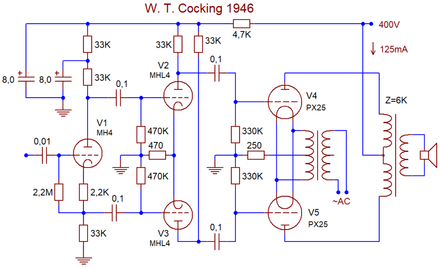
These manufacturers, known for their dedication to quality and reliability, quickly gained recognition and dominated the industry.
Their products offered exceptional performance at competitive prices, appealing to many consumers. The entry of Japanese manufacturers sparked a wave of competition and innovation, further driving the evolution of high-fidelity audio.
Transformation in Recording and Playback Methods
The world of high-fidelity audio experienced a transformative period in recording and playback methods. One of the key innovations during this time was the introduction of magnetic tape recording.
This revolutionized the way music and sound could be captured and reproduced. Magnetic tape offered superior fidelity, allowing for more accurate and detailed recordings. It opened up new possibilities for artists and engineers to create and preserve music with greater clarity and realism.

Another significant advancement in the audio world came with the introduction of Long-Playing (LP) records. With their extended playing time and enhanced groove design, these vinyl records offered improved sound quality and durability compared to their predecessors.
The LP format allowed for a richer listening experience, capturing a wider range of frequencies and nuances in the music. This marked a significant step forward in the playback of recorded music and contributed to the growing popularity of home audio systems.
In addition to these recording and playback innovations, the emergence of high-quality FM stations played a vital role in improving broadcast quality. FM (Frequency Modulation) technology provided a more reliable and interference-free transmission than AM (Amplitude Modulation).

High-quality FM stations delivered clearer sound to listeners, allowing them to enjoy music and audio programming with enhanced fidelity. The rise of FM broadcasting profoundly impacted the overall audio landscape and set higher standards for sound reproduction.
Changes in Speaker Design and Loudspeaker Advancements
During the evolution of high-fidelity audio, there have been significant changes in speaker design and advancements in loudspeaker technology. One notable change was the shift from large horn speakers to more compact bookshelf speakers.
This shift allowed for greater convenience and versatility in speaker placement, as bookshelf speakers could fit comfortably on shelves or stand without dominating the room.
The transition to bookshelf speakers made high-quality audio more accessible to a wider audience, as they were more affordable and suitable for home use.
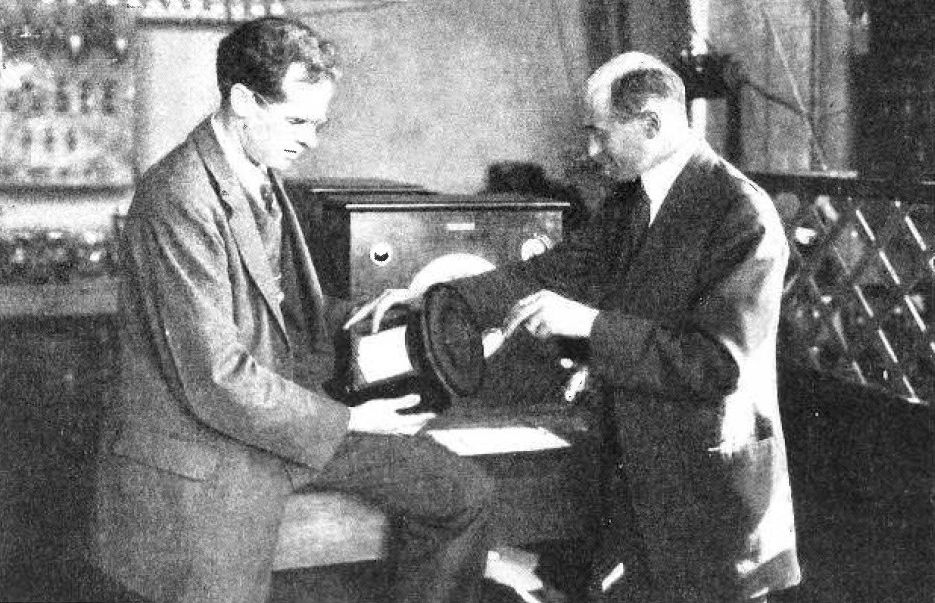
Innovations in speaker design techniques and measurement methods also played a crucial role in improving speakers' overall performance. Engineers and researchers explored new approaches to optimize speaker design to achieve greater accuracy and fidelity in sound reproduction.
Techniques such as computer modeling and simulation helped refine speaker components, enclosure designs, and crossover networks, resulting in improved frequency response, dispersion, and overall sonic performance.
The influence of British companies on loudspeaker design cannot be understated. British manufacturers, renowned for their expertise and craftsmanship, made significant contributions to developing high-quality loudspeakers.
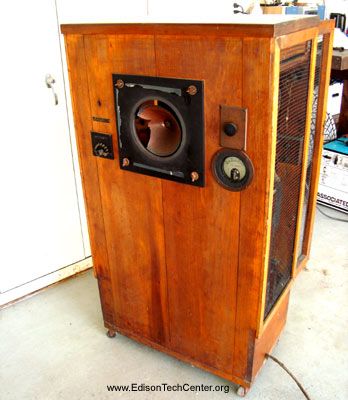
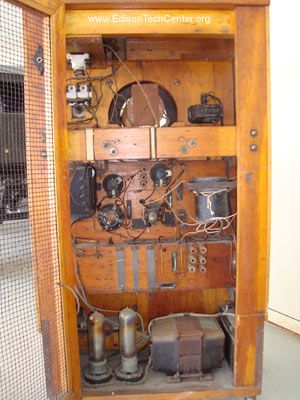
These companies focused on refining driver technology, cabinet construction, and overall system design, prioritizing sonic accuracy and natural sound reproduction. Their innovations, combined with rigorous testing and attention to detail, set new standards for loudspeaker performance and inspired advancements in the industry.
Challenges and Trends in the 1980s and Beyond
In the 1980s and beyond, the high-fidelity audio industry faced challenges and witnessed notable trends. One intriguing influence during this time was the impact of fashion magazine gatekeepers on the audio industry.
These gatekeepers, who held significant sway over popular culture, began featuring audio products in their publications. This exposure created a unique dynamic where trends in fashion and lifestyle intersected with the audio world.
As a result, the appearance and aesthetics of audio equipment became increasingly important, influencing consumer preferences and shaping product designs.

Advertising played a significant role in shaping product reviews in magazines during this period. Advertisers could influence the content and presentation of product reviews, often resulting in biased or exaggerated claims about the performance and quality of audio equipment.
Consumers had to navigate through a sea of promotional messages to make informed purchase decisions. However, discerning enthusiasts sought independent sources and reviews to obtain objective and reliable information about the audio products they were interested in.

While solid-state amplifiers dominated the market, there was also a renewed interest in passive components and the return of vacuum tube amplifiers. Some audiophiles believed that vacuum tubes could provide a warmer and more musical sound than solid-state alternatives.
So what makes hi-fi audio desirable, and why are its attributes sought?
In audio reproduction terminology, hi-fi (high fidelity) refers to audio playback that faithfully replicates its source sound with exceptional accuracy and realism.
Hi-fi's main aim is capturing every nuance, detail, and emotion of music for an engaging listening experience that transcends the mere reproduction of original audio source files.

Hi-fi audio is distinguished by its clarity, accuracy, and dynamic range. This allows listeners to hear all of the subtle nuances within recordings, be they vocalist's breath or guitar strings being plucked gently, making for an authentic listening experience as it brings you closer to hearing how artists intended for it to sound, giving an almost living room feel when experiencing hi-fi audio for yourself!
An effective sound system typically comprises several key components to produce high-fidelity audio reproduction. First, the digital-to-analog converter (DAC) converts digital audio files to analog signals that can be amplified and played back through headphones or speakers.
An amplifier amplifies these signals further for playback through headphones or speakers for optimal power and clarity of reproduction.

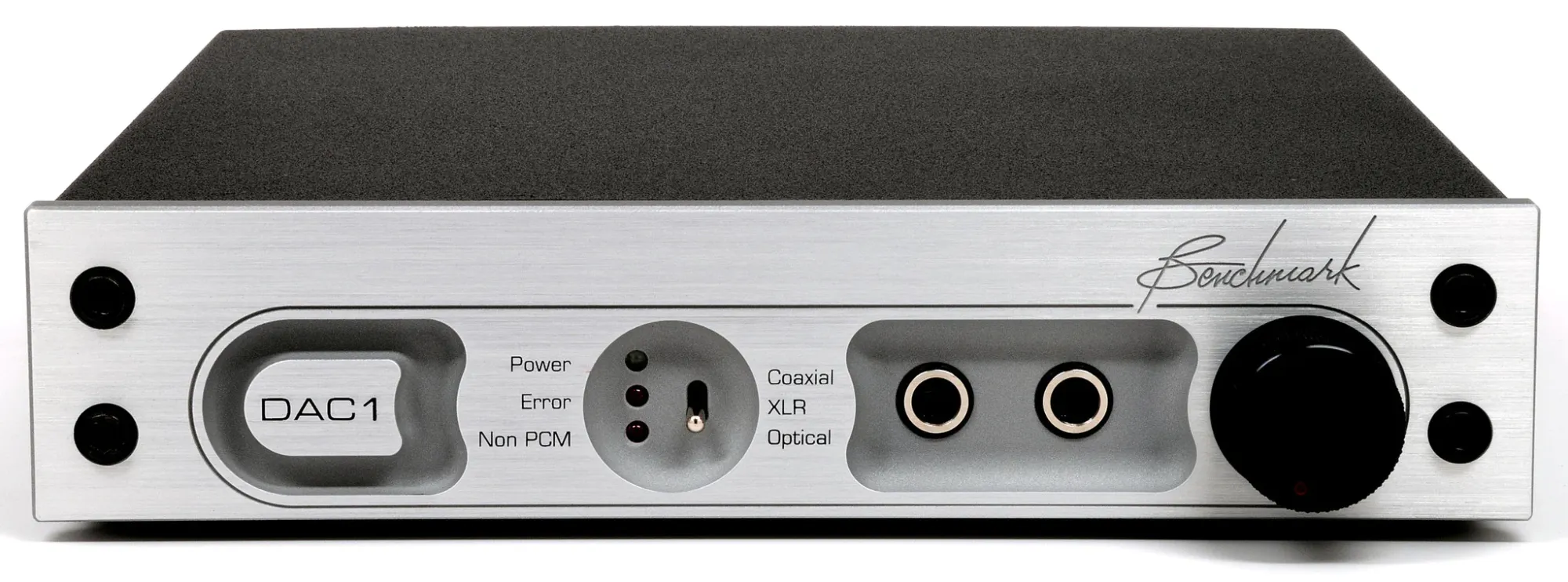
High-quality headphones or speakers are engineered to reproduce sound accurately while minimizing distortion and maximizing fidelity, providing a wide frequency response so you can hear every part of the spectrum, from deep bass notes to sparkling highs.
Hi-fi audio continues to revolutionize and delight listeners in this digital era, captivating listeners no matter the genre or medium they enjoy. Music, movies, and games alike can all benefit from high-fidelity sound, with hi-fi components capturing its pure form in ways that truly engross you.

Capture the essence of songs in ways that move and engage hi-fi audio awaits its next adventurer, so discover it now for yourself and immerse yourself into pure sound bliss.
Sources: nutshellhifi.com / yamaha.com /primesound.org
